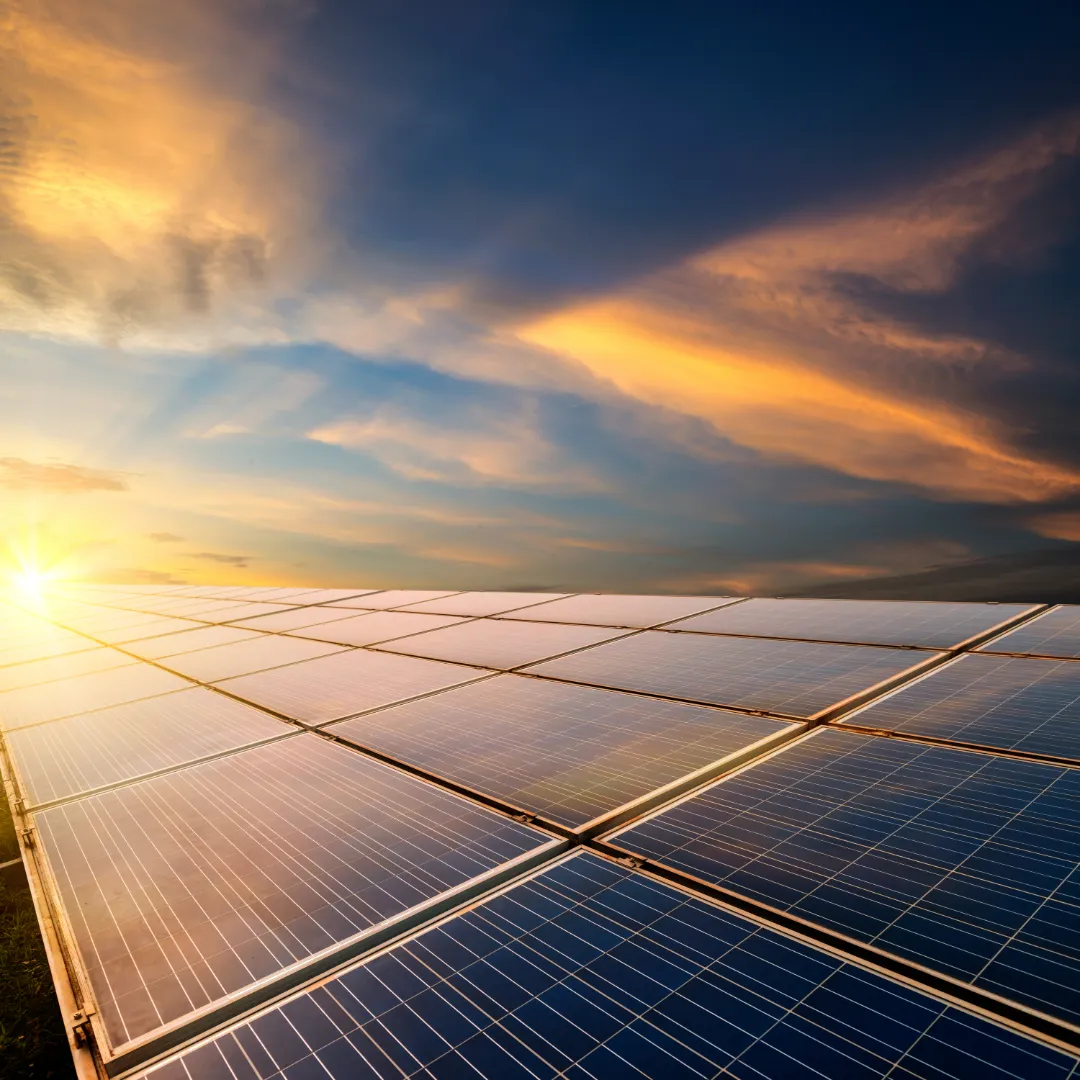PALM HARBOR SOLAR PROS BLOG
Insights from Our Solar Energy Journey

Maximizing Solar Potential: Tips for Efficient Solar Panel Installation
So, you've finally decided to join the solar revolution and harness the power of the sun to meet your energy needs. Congratulations! Now, before you rush into installing those shiny solar panels on your rooftop, let's take a moment to consider how you can maximize your solar potential and ensure efficient installation. From assessing your solar potential to choosing the right type of panels, optimizing their placement and orientation, ensuring the integrity of your roof structure, selecting the right inverter, and maintaining peak performance, we've got all the tips and tricks you need.
Assessing Your Solar Potential
Assessing our solar potential is a crucial step in determining the feasibility of installing solar panels. Before embarking on a solar panel installation project, it is essential to evaluate the amount of shade that may affect the efficiency of our solar panels. Shade from nearby buildings, trees, or other structures can significantly reduce the amount of sunlight that reaches the panels, thereby impacting their performance. By assessing the shade patterns throughout the day and year, we can identify areas that receive maximum sunlight and avoid installing panels in shaded areas.
Additionally, calculating our solar capacity is vital to understand how much energy our solar panels can generate. This involves determining the size and orientation of our roof, as well as considering factors such as the tilt angle and direction of the panels. By using solar modeling software or consulting with a professional, we can accurately estimate the amount of energy our panels will produce based on our location and available sunlight.
Choosing the Right Solar Panel Type
When selecting the appropriate solar panel type, it is important to consider our specific energy needs and the available space for installation. One key factor to consider is solar panel efficiency. Solar panel efficiency refers to the ability of the panels to convert sunlight into usable electricity. Different types of solar panels have different levels of efficiency. Monocrystalline panels, for example, are known for their high efficiency ratings, often exceeding 20%. Polycrystalline panels, on the other hand, are slightly less efficient but are more cost-effective. Thin-film solar panels have the lowest efficiency ratings but can be more flexible and easier to install. Another factor to consider is solar panel technology. Traditional silicon-based solar panels are the most commonly used type. However, there are also newer technologies, such as thin-film and bifacial panels, that offer different advantages. Thin-film panels, for example, are lightweight and can be easily integrated into building materials. Bifacial panels have the ability to capture sunlight from both sides, increasing their efficiency. By considering our energy needs, available space, and the different types of solar panel technology, we can choose the right solar panel type that maximizes our solar potential.
Optimal Placement and Orientation
To maximize the efficiency of our solar panels, it is crucial to carefully consider their optimal placement and orientation. One important aspect to consider is shading analysis. It is essential to assess the areas surrounding the installation site to identify any potential sources of shading, such as trees, buildings, or other structures. Shading can significantly reduce the amount of sunlight that reaches the panels, thereby reducing their overall efficiency. By conducting a thorough shading analysis, we can determine the best placement for our solar panels to minimize the impact of shading and maximize their exposure to sunlight.
Another consideration is the use of tracking systems. Tracking systems allow the solar panels to follow the sun's movement throughout the day, optimizing their orientation and increasing their energy production. There are two main types of tracking systems: single-axis and dual-axis. Single-axis tracking systems adjust the panels in one direction, usually following the sun's movement from east to west. Dual-axis tracking systems, on the other hand, can adjust the panels in both horizontal and vertical directions, allowing for even greater precision in capturing sunlight.
Ensuring Proper Roof Structure and Integrity
We prioritize the evaluation of the roof structure and integrity to ensure a secure and stable foundation for the installation of solar panels. Before proceeding with the installation, a thorough roof inspection is necessary to assess its condition and identify any potential issues that may affect the structural support of the solar panels.
During the roof inspection, we carefully examine the roof's framework, including the beams, trusses, and rafters, to ensure they are in good condition and capable of supporting the weight of the solar panels. We also check for any signs of damage, such as cracks or sagging, which could compromise the integrity of the roof.
In addition to the roof framework, we evaluate the condition of the roofing materials, such as shingles or tiles. Damaged or deteriorating roofing materials can lead to leaks, which can cause water damage and affect the structural support of the solar panels. If necessary, we recommend replacing or repairing the roofing materials before proceeding with the installation.
Ensuring proper roof structure and integrity is crucial for the long-term success and efficiency of the solar panel installation. By conducting a thorough roof inspection and addressing any issues beforehand, we can ensure a secure and stable foundation for the solar panels, maximizing their potential and lifespan.
Maximizing Energy Efficiency With Inverter Selection
In order to maximize energy efficiency, careful consideration must be given to the selection of an inverter. The efficiency of an inverter is crucial in converting the direct current (DC) generated by solar panels into usable alternating current (AC) for your home or business. Choosing an inverter with high efficiency ensures that less energy is lost during the conversion process, resulting in higher overall system efficiency.
One key feature to look for in an inverter is maximum power point tracking (MPPT) technology. MPPT allows the inverter to continuously track and adjust the voltage and current levels to extract the maximum power from the solar panels. By operating at the maximum power point, the inverter can optimize energy production and maximize the overall energy efficiency of the system.
When selecting an inverter, it is important to consider its efficiency ratings. Look for inverters that have high efficiency levels, typically above 95%. Higher efficiency means less energy is wasted as heat, resulting in more usable energy being delivered to your home or business.
Additionally, consider the size and capacity of the inverter. It should be appropriately sized to match the capacity of your solar panel system. Oversizing or under sizing the inverter can lead to energy losses and reduce overall system efficiency.
Regular Maintenance and Monitoring for Peak Performance
Regular maintenance and monitoring are essential for ensuring the peak performance of your solar panel system, building upon the efficient inverter selection discussed previously. Once your solar panel system is installed, it is important to provide ongoing support to maximize its potential. Regular maintenance includes cleaning the panels to remove dirt, debris, and any other obstructions that may reduce their efficiency. This can be done by gently rinsing the panels with water or using a soft brush to remove any stubborn grime.
In addition to regular cleaning, monitoring your solar panel system is crucial for detecting any issues or inefficiencies that may arise. By regularly monitoring the system's performance, you can identify any potential problems and address them promptly. This can be done through your solar monitoring system or by tracking your energy production and usage. Monitoring also allows you to assess the impact of external factors, such as shading from nearby trees or buildings, and make necessary adjustments to optimize your system's performance.
When it comes to troubleshooting assistance, it is important to have a reliable support system in place. This can include contacting your solar panel installer or manufacturer for guidance or technical assistance. They can provide expert advice and help resolve any issues that may arise. Regular maintenance and monitoring, along with troubleshooting assistance, ensure that your solar panel system continues to operate at its peak performance, maximizing your energy savings and environmental impact.
Conclusion
In conclusion, by assessing our solar potential, choosing the right panel type, optimizing placement and orientation, ensuring roof integrity, selecting the right inverter, and conducting regular maintenance, we can maximize the efficiency of our solar panel installation. With these steps, we can harness the full potential of solar energy and enjoy the benefits of clean and renewable power for years to come.
Connect With Us
Locations We Serve:
© Copyright 2025 Palm Harbor Solar Pros. All Rights Reserved.
Terms & Conditions | Privacy Policy

